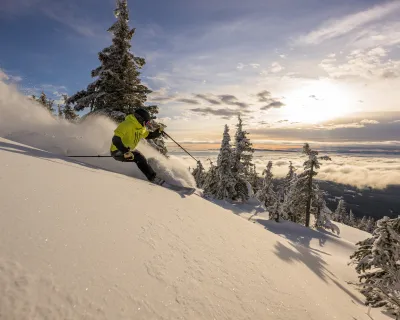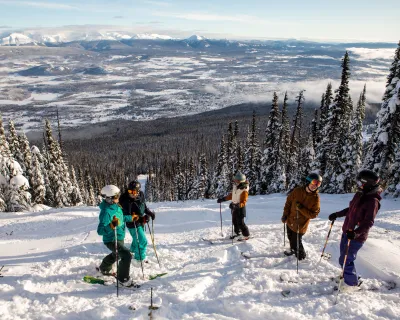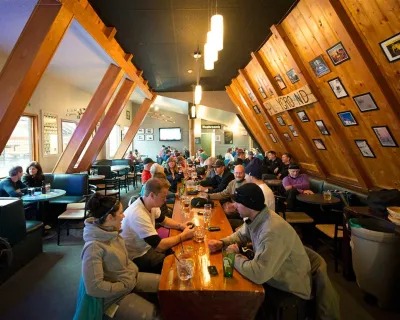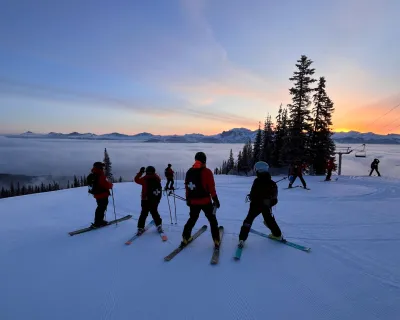
Then and now: Fernie Alpine Resort
Fernie Alpine Resort: Legendary powder credited to a legend
FERNIE - In the 1890s, people arrived on horseback and train to mine the coal seams discovered rippling under the mountains that dipped towards the Elk River is southeast B.C. The town of Fernie and the mountain owe their name to the coal prospector, William Fernie who established the coal industry mining that vast Crowsnest Coal Field. Unlike many towns that are based on one economy, the town of Fernie never saw any mining but acted as a commercial centre for the satellite coal towns, including the main entrance to much of the mining activity at Coal Creek some 10 kilometres from town.
With all these people migrating to the valley they brought their love of exploration and lore with them. Legends say that during the early years, a boy was born in a grizzly bear’s den, and oddly no one thought to bring child back to town. Instead they left him to fend for himself.
Legend of the ‘Griz’ is born
Years later, local skiers were trudging up the slopes of the Lizard Range when suddenly through the snowfall, they could see a huge man dressed in a grizzly fur coat with a big furry hat, carrying a musket longer than he was tall. As the skiers watched, he shot the musket into the sky causing more dry fluffy powder to cascade from the clouds. Racing back to town they told everyone of the sighting of the mighty “Griz.” To this day, the people of Fernie celebrate the mountain man and how he brings the perfect powder to their valley.
Back to reality. The valley is blessed with an abundance of snow and during the depression when many miners were laid off they crafted skis from birch trees and used cars, horses and dogs to drag them along the snow-covered main streets of towns. By the mid ‘40s, they set their sights on the slopes using Mount Proctor for one of the first handle tow sites.
In 1948, the ski club started clearing runs on the slopes of the long ridge south of town but it wasn’t easy. Volunteers cut the trees and cleared the debris by hand, only aided by a bulldozer when the club could afford it. The project stalled and years went by.
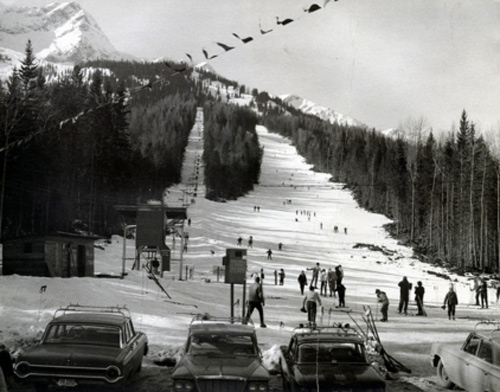 The Fernie Ski Club back in the day.
The Fernie Ski Club back in the day.
Photo by Fernie Alpine Resort
The early 1960s saw skiers eyeing the slopes of the Liverwurst Bowl again. The Galloway Lumber Company owned the land but realized there was an opportunity to support the community so they exchanged land for shares in the budding ski resort. Locals tried to convince the government of Canada that it would be the ideal place to host the 1968 Olympics but their efforts fell short. Banff was chosen for the Canadian bid. But it fell short, too. Sapporo Japan was the host of the 1968 Olympics.
Losing out on the Olympic bid wasn’t so bad. It brought attention to the site and in 1963 the “Fernie Snow Valley Ski Resort opened with a handle tow, a rope tow, a T-Bar and a day lodge. Through the 1960’s the resort expanded operations offering ski schools and more terrain including the Lizard Bowl. To welcome in the 70’s the first on-hill accommodations opened - a 20-room motel. It burned to the ground four seasons later.
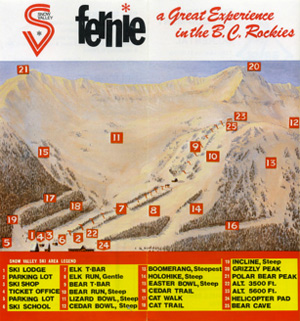 The Fernie Snow Valley trail map
The Fernie Snow Valley trail map
Photo by Fernie Alpine Resort
Heiko and Linda Socher had been running the ski school but in 1973 they took over the operations. Heiko Socher is credited with popularizing the Griz legend of epic snowfalls attracting the attention of skiers from around the world. While they ran the resort massive changes happened. Socher sold the timber cleared from the runs to pay for roads and create infrastructure. Lodges, lifts and runs were added almost every year as were shops, restaurants and bars.
A ski village is born
Meanwhile, Griz kept the snow falling and people kept coming and seeking their own on-hill accommodations. The early 1980s was the beginning of the private homes scattered through the trees adjacent to the resort. Snow Valley was a true destination with year round occupancy.
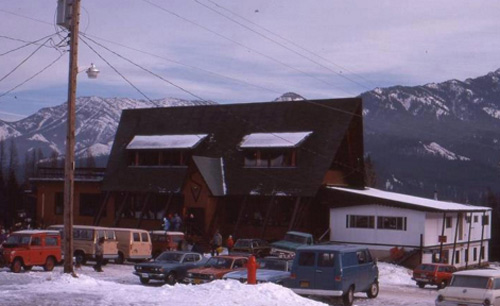 One of the first lodges at Fernie.
One of the first lodges at Fernie.
Photo by Fernie Alpine Resort
The year 1997 saw a big change. Heilko and Linda sold the resort to the present owners, Resorts of the Canadian Rockies and the name was changed to Fernie Alpine Resort. And the resort continued to grow.
Today there are 142 named runs plus five alpine bowls and fantastic tree skiing opportunities serviced by ten lifts. At the base, there is no shortage of fuel with nine full service restaurants to choose from and the Lost Boys Café is one of the highest ski resort restaurants in the Canadian Rockies.
‘Griz’ keeps giving
Other activities include fat tire biking, snowshoeing, cross country skiing and night skiing on Saturdays. The shredders love the RCR Rail Park and the little ones sharpen their new skills exploring the Minute Maid Wilderness Adventure Park full of animal cut outs of local animals. Festivals rock the plaza all year long with the Fernie Slope Soaker ending every perfect winter season.
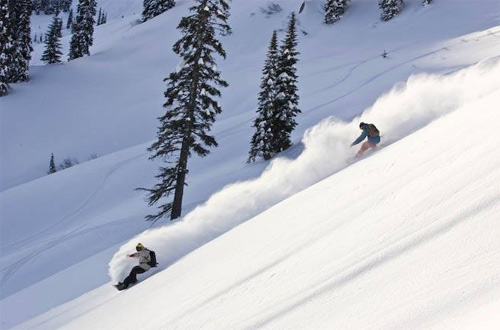 11 metres of annual snow, all thanks to Griz!
11 metres of annual snow, all thanks to Griz!
Photo by Fernie Alpine Resort
With the proximity to weather patterns, the ridges are perfectly positioned to be pounded by dry, light powder so Fernie Alpine Resort sees an annual average snowfall of 11 metres of snow. That’s 37 feet! Stand a bus on its nose and the bumper is all that will show.
Thanks Griz.
When you go
Ski & Stay: For more information, head to the official Fernie Alpine Resort website
Sharing is caring: Show your stoke for the awesome history of Fernie by sharing this page with your friends!
Subscribe to SnowSeekers enews
For more of the snow stoke you love.

